
DOF with lens wide open at f/1.7.
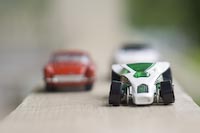

Depth of field describes the area in a photograph that is in sharp focus. I actually prefer the term “field of focus,” because I think it describes the concept much better. Photographers settled on depth of field long ago, however, so depth of field is the phrase everyone uses.
Depth of field (DOF) is a relatively simple concept to understand. Although only a single point in an image can be in true focus, various lenses and certain lens setting can create the appearance of a much wider area of focus. You can change the DOF in an image by changing the lens aperture, as well as moving closer or farther way from the subject.
A more academic approach to DOF would include discussion of things like circle of confusion and hyperfocal distance. For all practical purposes, however, you don’t require knowledge of these advanced topics to utilize DOF effects into your photos.
Use the proper Depth of Field for your subject matter
There is no “good” or “bad” depth of field. Depending on your subject and your artistic vision, you may choose to use a wide DOF for some images and a very narrow DOF for others. If you are shooting a portrait, you may want a narrow DOF, so only the person’s face is in sharp focus. If you are shooting a front three-quarter shot of a car, you may require a wide DOF, so everything from the grille to the rear bumper appears tack sharp.
There are three ways you can control depth of field:
- You can move farther away or closer to your subject
- You can switch the lens focal length
- You can change the aperture of the lens to a larger or smaller opening
Let’s look into these methods more closely.
Vary depth of field by altering the distance to your subject
Depth of field varies as you move closer or farther away from your subject. If you have ever shot closeups with a macro lens, you undoubtedly noticed that only your subject was in focus, while everything else was dramatically fuzzy. Because the lens was extremely close to the subject, the image exhibits very shallow DOF.
The same effect, although less noticeable, occurs when shooting any subject. The closer a lens of a particular focal length is to the subject, the less apparent depth of field you will see in the resulting photograph. Don’t expect to see a great difference in DOF unless you move the lens significantly. When you photograph something from afar, such as Big Ben or the Grand Canyon, chances are the entire subject will be in focus, because the subject was far away from the lens.
Change depth of field by changing the focal length
The second way to manage DOF is by changing lens focal length. Wideangle lenses tend to exaggerate the apparent depth of field, while telephoto lenses usually offer a shallow field of focus. The result is that almost everything will tend to appear in focus with a wideangle lens. A telephoto will allow you to isolate your subject from the background and foreground.
As I indicated earlier, which lens you choose will depend on what you are attempting to show in the photo. Suppose you are shooting a group of people seated around a table. Your goal will be to have everyone in focus, so a wideangle focal length will be the most appropriate choice. On the other hand, maybe you are shooting a craftsman working on a project in his crowded shop. By choosing a telephoto focal length you can cause only the man to be in focus, allowing the rest of the image to fade into a soft blur.
Notice I used the term wideangle and telephoto focal length instead of lens. Many zoom lenses include both wideangle and telephoto settings. This means depth of field produced by a zoom lens will vary with the selected focal length.
Control depth of field with aperture
The final way to control DOF is with lens aperture. Larger lens openings (smaller f-numbers) create shallower depth of field. Smaller lens openings create greater DOF. Think about what happens when you are trying to make out a sign that is too far away to read. Most people squint, causing their eye opening to be smaller and the sign to be more focused.
Your camera lens works exactly the same way. When you open the aperture to allow more light to pass through the lens, DOF becomes shallower. Stop the lens down to a smaller f/stop and DOF becomes more pronounced.
Now that you understand the concept behind depth of field, consider how you can use this knowledge to improve your photographs. I’ve already discussed how you can select an appropriate focal length for a particular subject. But the available DOF options are much more complex. Great photographers learn how to manipulate DOF to create arresting photos.
Isolating a subject from the background, whether it is a flea or a battleship, always produces interesting subjects. Most photographers choose to shoot architectural subjects with a widelangle, because the focal length allows them to capture the whole building while standing near it. To capitalize on shallow DOF, however, you could walk several blocks away and shoot with a telephoto, separating the building from other structures nearby.
Should the subject require many different elements to be in focus, you now know that you can achieve that result by either moving farther away, switching to a wideangle lens or selecting a smaller aperture. Naturally you can combine all these techniques to increase the DOF even further.
Other articles in the Basic Digital Photography series:
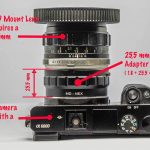

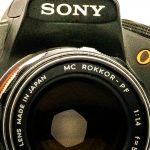


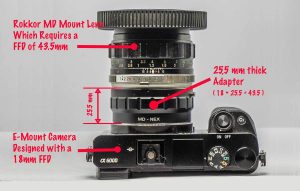

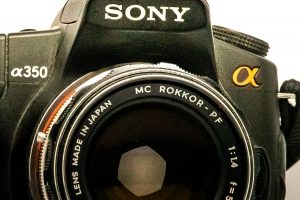

7 thoughts on “Use Depth of Field to Improve Your Digital Photos”